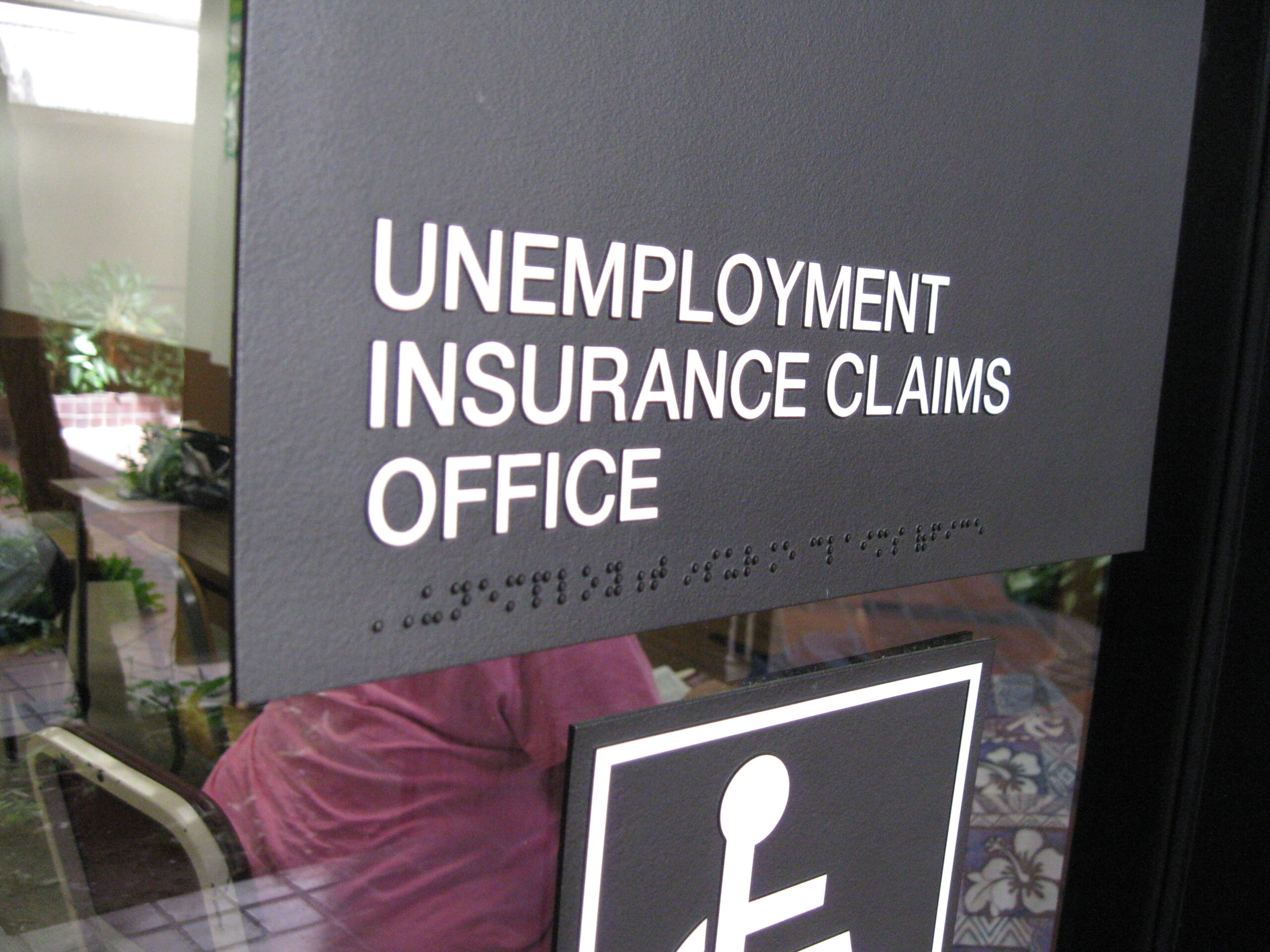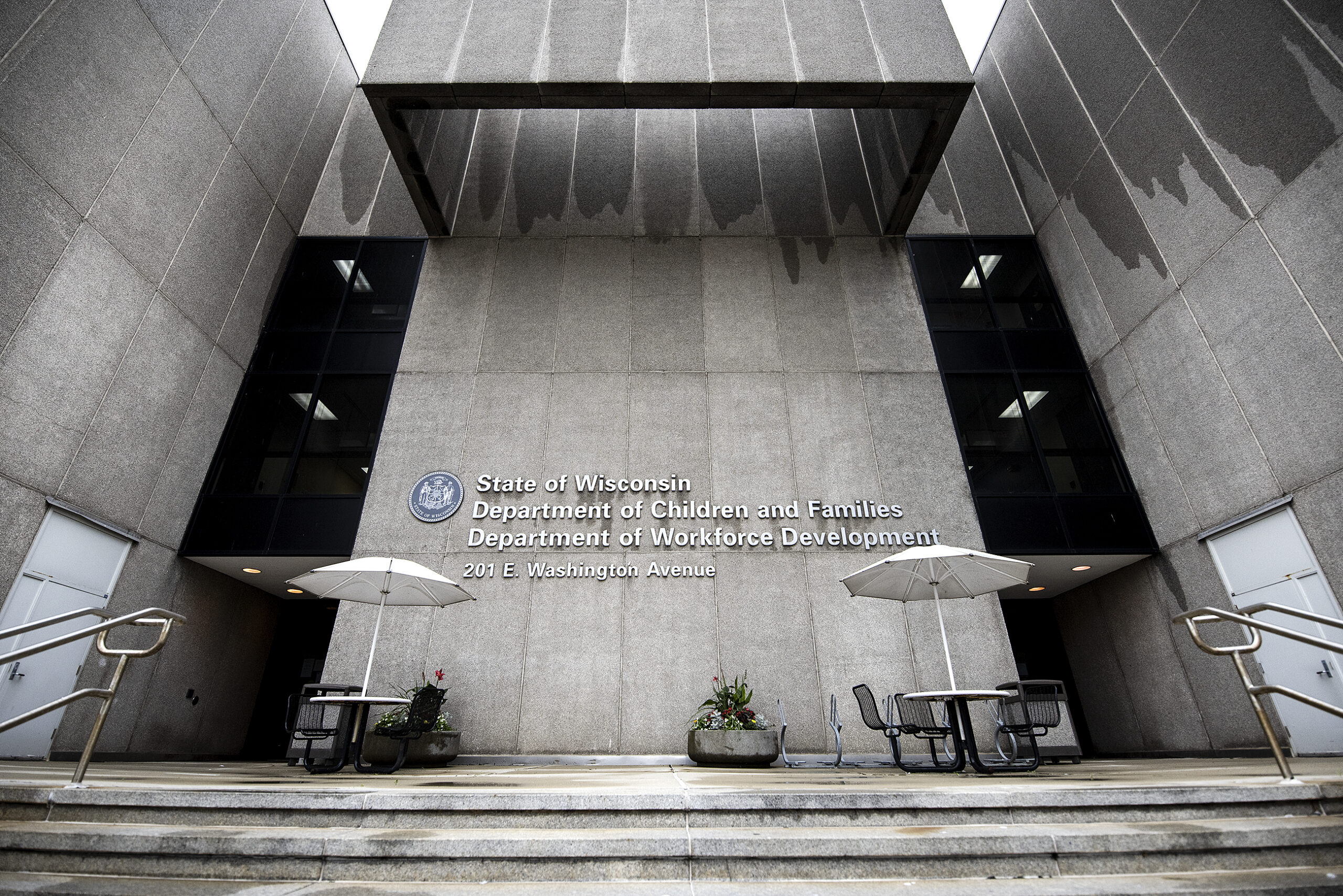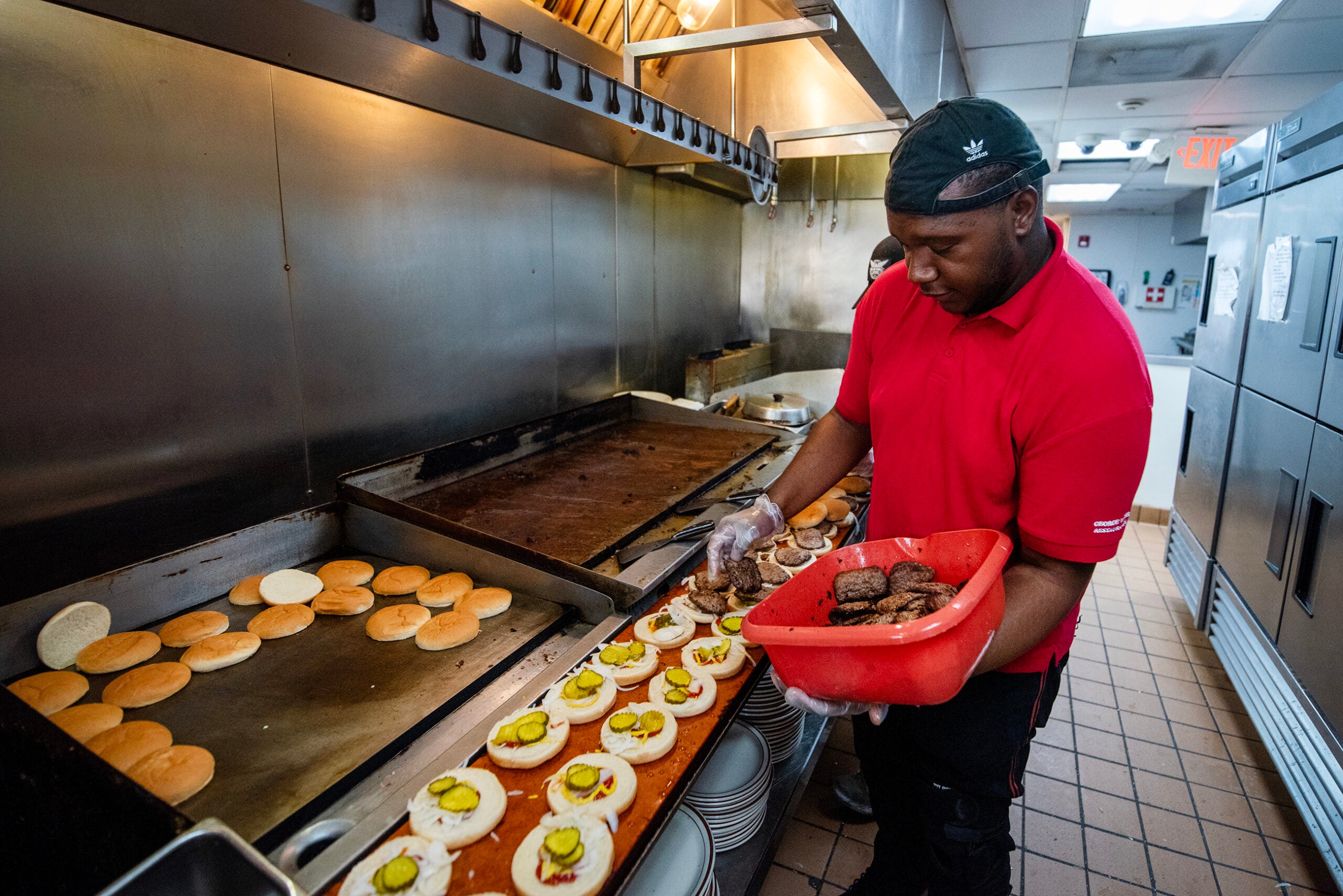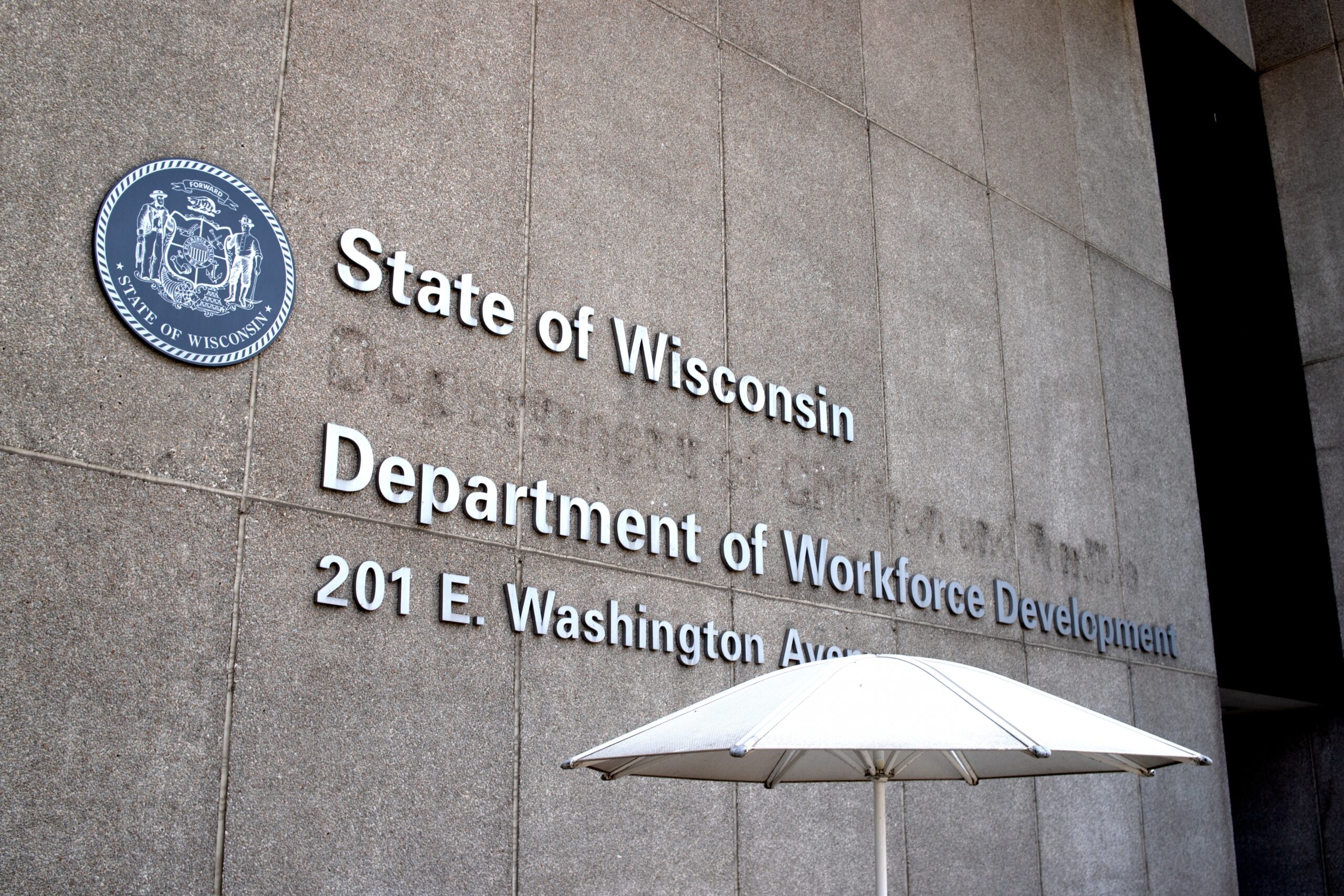On Monday, Dave Oestreich started calling the state’s unemployment insurance help line at 7:15 a.m. The office opens at 7:30.
“I was just continuously calling,” Oestreich said.
During off hours, callers get a message saying the hotline is closed. At 7:31 a.m., he started getting the other message he’s heard dozens of times for the last week: Too many people are on hold; you will be disconnected.
News with a little more humanity
WPR’s “Wisconsin Today” newsletter keeps you connected to the state you love without feeling overwhelmed. No paywall. No agenda. No corporate filter.
Oestreich, who manages an Applebee’s restaurant in Wausau, is one of the hundreds of thousands of Wisconsinites flooding the state’s unemployment insurance system in the wake of the state’s response to the new coronavirus — and overwhelming its infrastructure. Gov. Tony Evers said the state has taken steps to bolster its call center staff, but more is needed.
One result of the surge is that it’s impossible to know with any certainty how many people have become unemployed as a result of the economic shutdown that is part of the effort to slow the spread of the deadly virus. Another is that, for people like Oestreich, delays in having claims approved also mean delays in getting needed unemployment benefits.
According to newly released state data, some 115,679 people applied for unemployment last week. And on Monday alone, the number of initial claims for unemployment benefits topped 24,600, the highest single-day total since the outbreak.
The Department of Workforce Development encourages all applicants to use the state website to apply.
For some, an online application is sufficient for the state. But other applicants who use the site receive messages saying they need to call a state hotline to complete the process. This can apply to people who have not applied before, or haven’t applied in a long time, or for employees of businesses not on file with the state. Those who get this message cannot complete their applications online.
But with the state’s call center swamped, they can’t complete them by phone, either. Last week the department received more than 1.5 million calls.
“The system was not built to handle this call volume,” Evers said at a Monday press conference. “However, we’re working to increase that capacity.”
Oestreich considers himself relatively fortunate. His restaurant was one of the chain’s five Wisconsin location that the company kept open for carryout and to-go orders. He’s still working, albeit at reduced hours.
“I am still getting a paycheck — not a complete one, but I know I’m going to have bread on my table,” he said. “What about these people who are not working, who haven’t been able to sign up for unemployment? They’re still 10 days, two weeks away from seeing any money coming in. That’s the scary thing.”
Some of those people, Oestreich said, are the 60 or so employees, many of them servers and bartenders, who were laid off when his restaurant closed to dine-in customers. He’s heard from his employees who made it further than he did in the phone system — rather than getting disconnected, they were put on hold, left there for hours, and then disconnected. Another employee told him her phone died while she waited on hold.
To Oestreich, it’s baffling that the state wasn’t prepared for the surge of calls that came following the governor’s “safer-at-home” order. And he questions why the state can’t temporarily relax requirements for those applications DWD has determined can’t be completed online.
The DWD has increased its call center staff from 57 to 92 workers in the last week. It’s training another 40 staffers from other divisions to assist with calls, and seeking to hire another 80 workers.
Evers called on the Legislature to take action to help bolster state agencies’ ability to respond and the benefits Wisconsinites can receive, for example by eliminating a one-week waiting period before people can start receiving benefits.
Nationally, unemployment claims last week hit 3.3 million, the most claims in history and nearly five times the previous U.S. record.
“There are so many of these stories,” Oestreich said of people failing to get through for state benefits. “It is a scary, scary situation.”
Wisconsin Public Radio, © Copyright 2026, Board of Regents of the University of Wisconsin System and Wisconsin Educational Communications Board.






